Throughout this experiment, designer Hanna Krüger explores the potential of private and public collections for her own practice of design by rearranging and combining existing products. By means of rearrangement, fragmentation and recontextualisation new compositions and designs are created. They address the topics of adoption, collectivisation and the continuation of the existing and the preceding: design as an assemblage, as a collective and continuous authorship, as a form of collecting, as a cultural technique. One focus of the project is the involvement with online collections, particularly with drawings from the Vienna‘s Workshop of the MAK – Austrian Museum of Applied Art / Contemporary Arts. The digitalisation of collections evokes an examination of new conceptions and practices of artistic authorship. The unimpeded access allows for the collection to be an open, generally accessible knowledge store: it becomes an infrastructure and a tool for design. In the end, there are products phrasing and illustrating their very own dialogue with the specific collection of the MAK as well as with “collecting” in general. What is an author? Is a “collection” actually a collective structure? Is it legitimate to employ it? Can something new evolve from it? And what is new in design?
Text and images © Hanna Krüger
Photography by Minu Lee
hoff [on] – table light
The table light is a combination of different motifs and designs by Josef Hoffmann: a frame, the melon-shaped corpus and a glass body. Stacked upon each other, they become a luminaire with an unconventional lighting effect: the light exits the shade through the top as well as through the bottom. The well known melon-shaped corpus is placed in the middle. It is made from a material, which is new to the context: the shape, associated with the Wiener Werkstätte (Vienna’s Workshop) and also today manufactured from high-quality material, consists of not further treated ABS material, which is produced in a 3D printing process. With its silky shine and in combination, the material and its value become unpredictable. Questions concerning the uniqueness and the high quality arise: Is an always newly printed shade unique? Is this luxury?
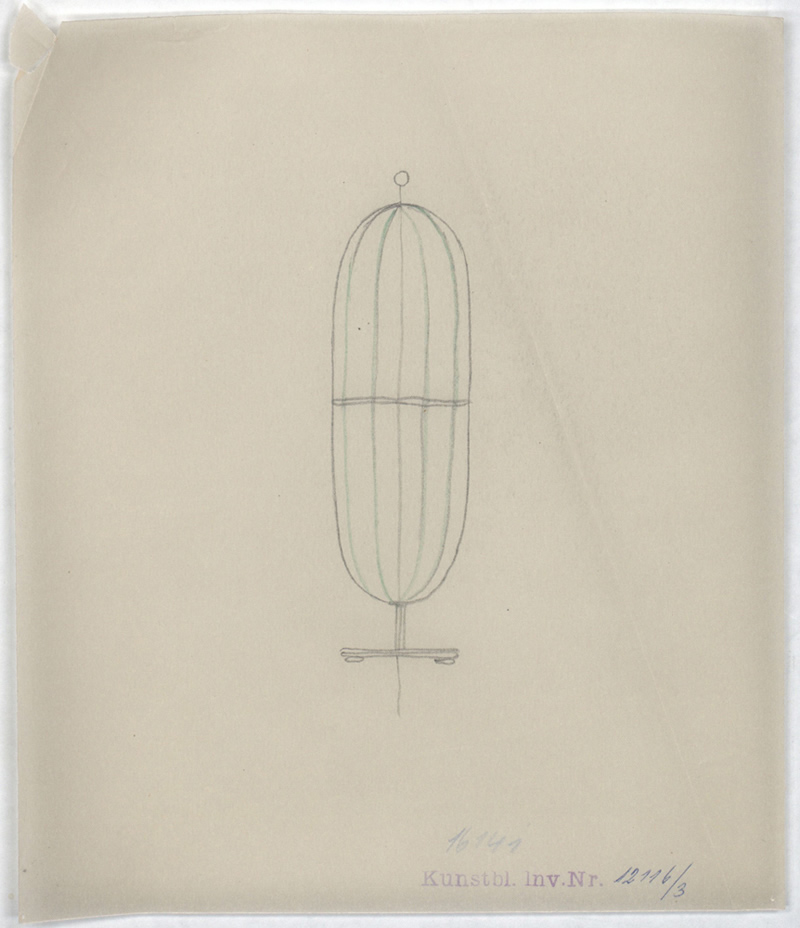
 Josef Hoffmann, table lamp, around 1925
© MAK
Josef Hoffmann, table lamp, around 1925
© MAK
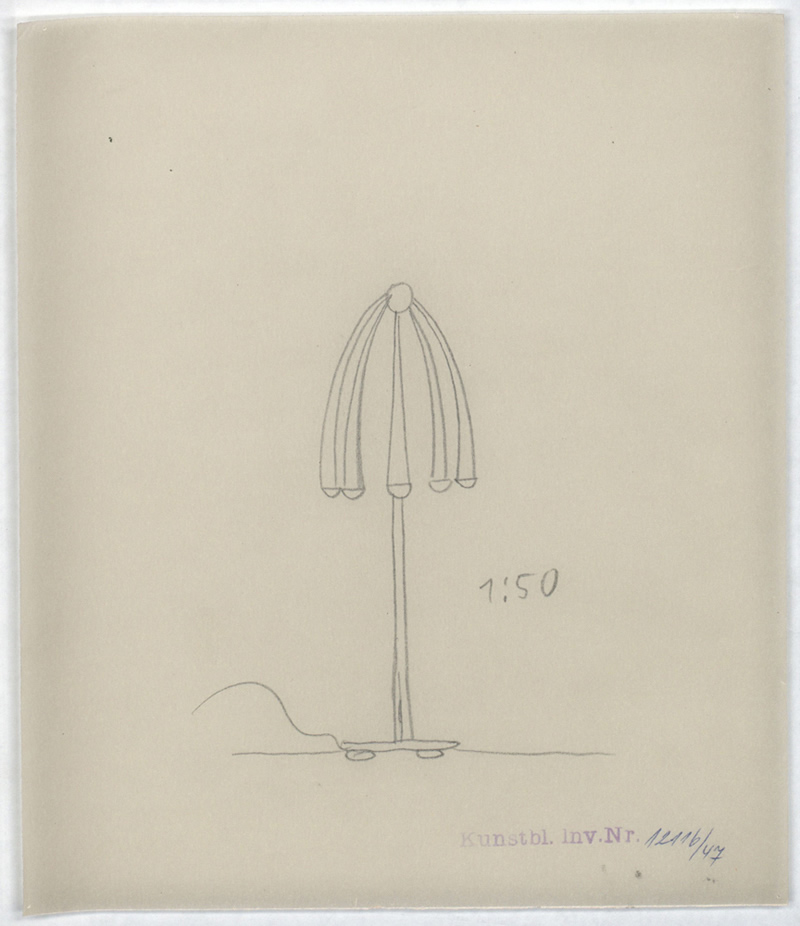
 Josef Hoffmann/Wiener Werkstätte, flower pot, around 1928
© MAK
Josef Hoffmann/Wiener Werkstätte, flower pot, around 1928
© MAK
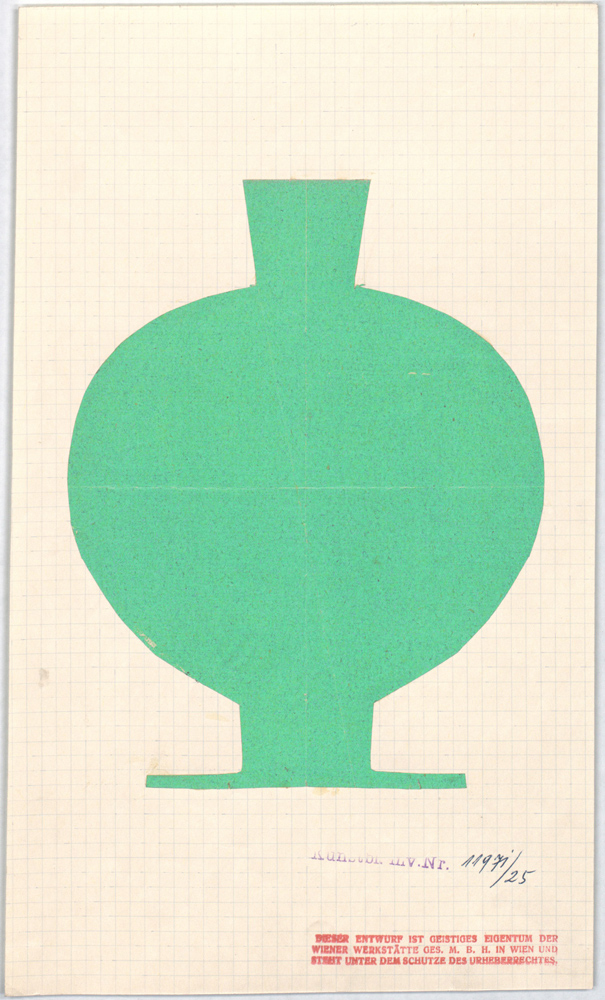
 Josef Hoffmann, table lamp, around 1925
© MAK
Josef Hoffmann, table lamp, around 1925
© MAK
ly [twosome] – side tables
An unequal couple, an unconventional stack, a “liaison à trois”.
Two very different shapes of a can, found in the drawings of the Wiener Werkstätte (Vienna’s Workshop). Each of them is placed with the top down in a copper frame: the contrast of black and white emphasises the difference in shape: an organic black cloud and a straight-lined white cone make for the middle corpus of the side tables in two different heights. On top of them rests a panel of thin Corian, which appears to be floating on the stacked ensemble: a side table as a stack of three components and three different materials.
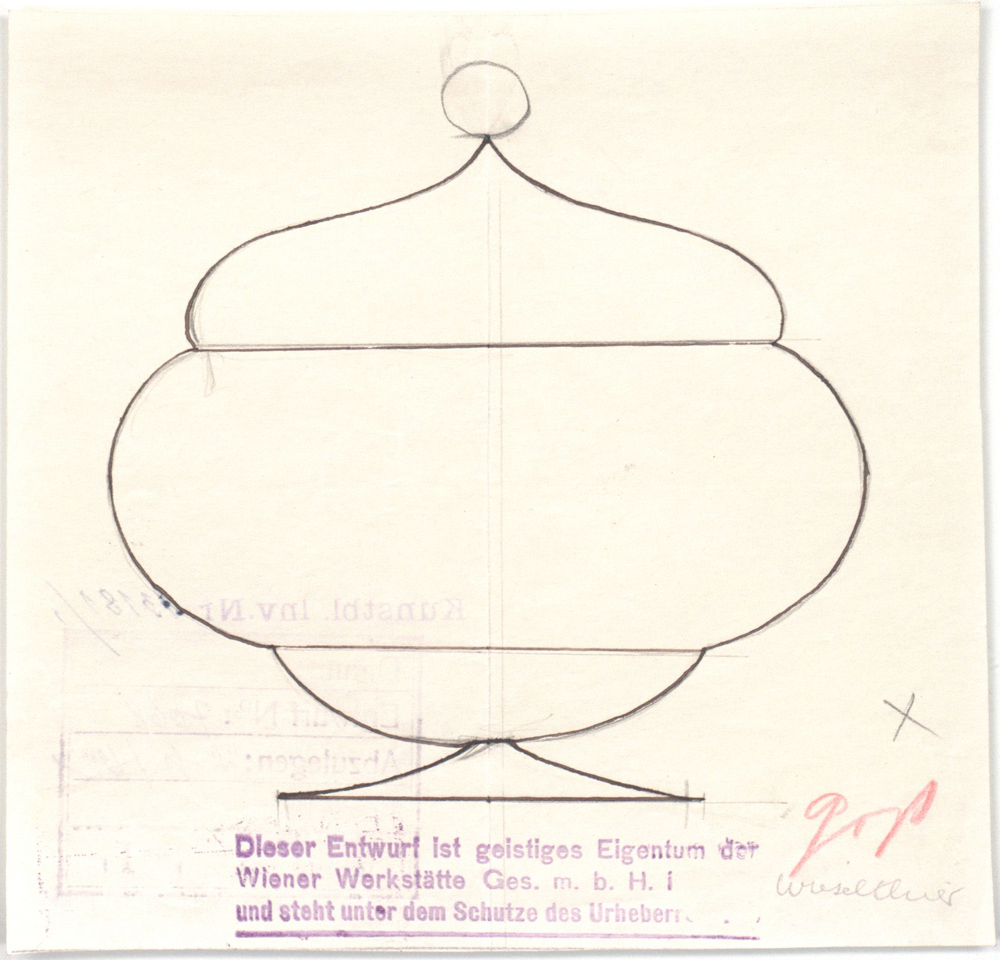
 Vally Wieselthier, Glasservice, can, around 1927
© MAK
Vally Wieselthier, Glasservice, can, around 1927
© MAK
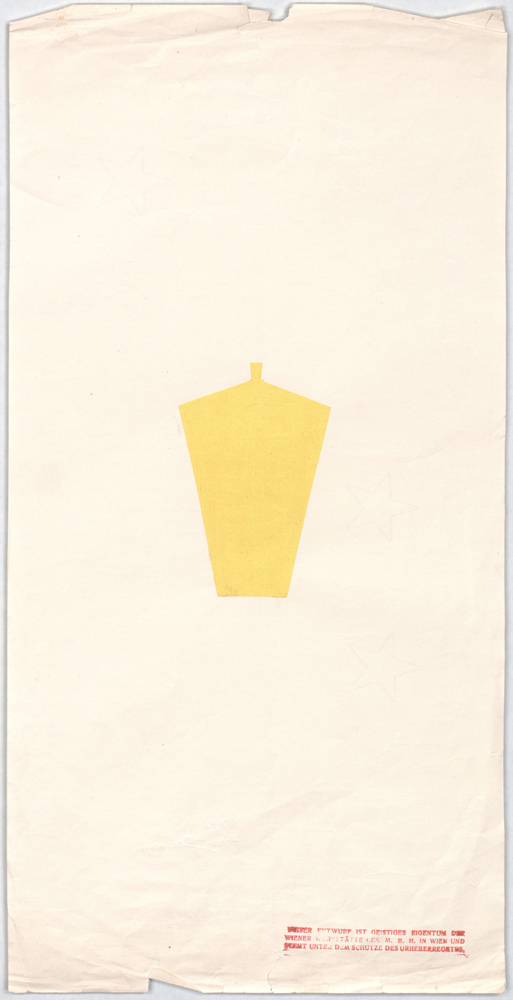
 Josef Hoffmann/Wiener Werkstätte, glass service, can, around 1925
© MAK
Josef Hoffmann/Wiener Werkstätte, glass service, can, around 1925
© MAK